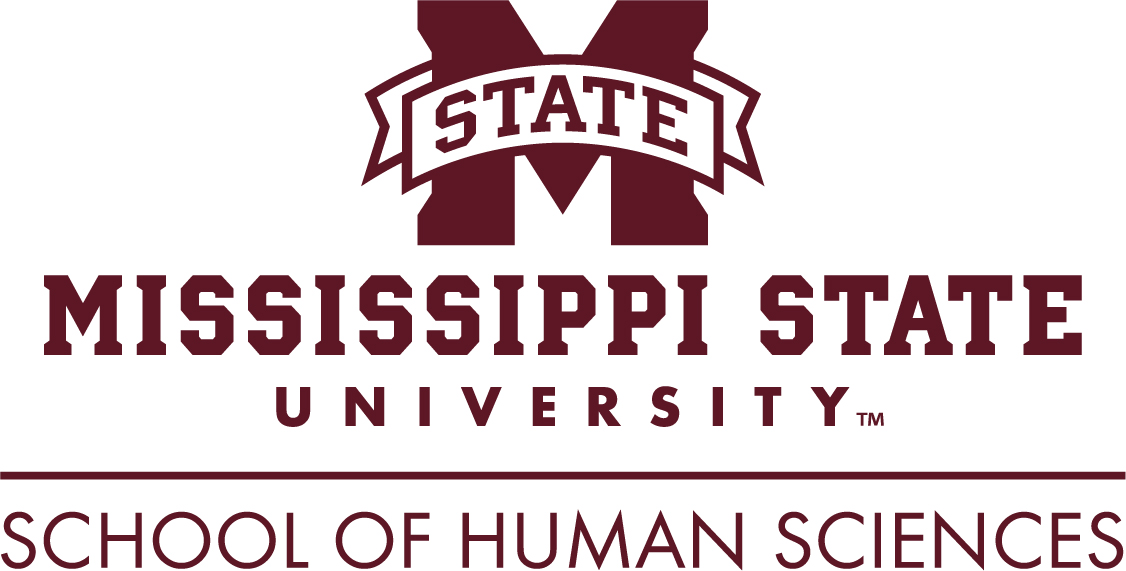Abstract
It is vital for youth to experience inclusive programming that is welcoming. Extension has a responsibility and an obligation to provide youth with programs and spaces that are inclusive of all sexes, gender identities, gender expressions, and sexual orientations. This article provides an overview of appropriate terminology, as well as steps for creating inclusive Extension spaces and programs for youth who identify as members of lesbian, gay, bisexual, transgender, or queer/questioning (LGBTQ+) communities. With a focus on urban Extension audiences, this article uses accessible language, self-reflective prompts, and supporting visual aids to share lessons learned from ongoing inclusivity trainings with Extension personnel across the nation, as well as from research activities and inclusive programming.
Recommended Citation
Soule, K. E.
(2017). Creating Inclusive Youth Programs for LGBTQ+ Communities.
Journal of Human Sciences and Extension, 5(2), 9.
DOI: https://doi.org/10.54718/PLTO1808
Creative Commons License

This work is licensed under a Creative Commons Attribution-NonCommercial-No Derivative Works 4.0 International License.


